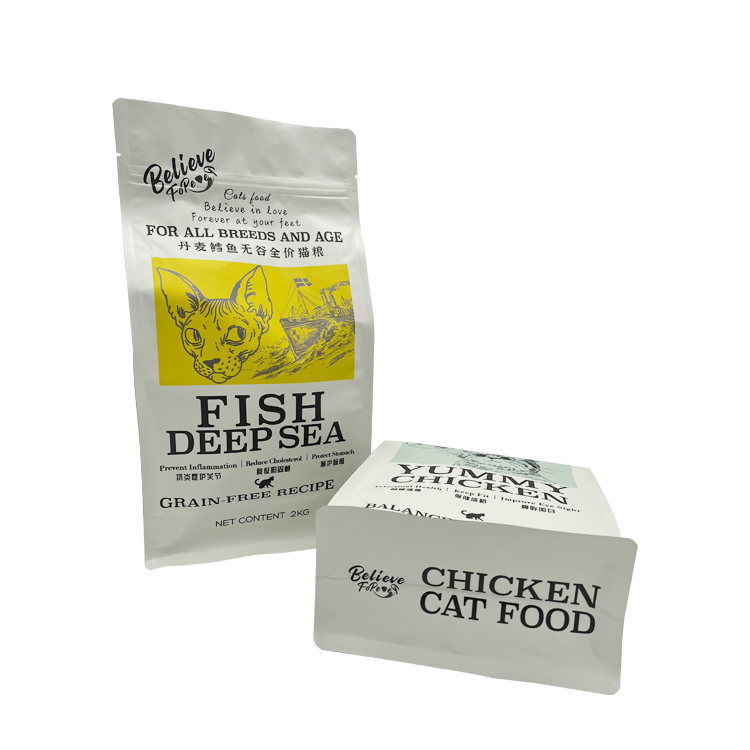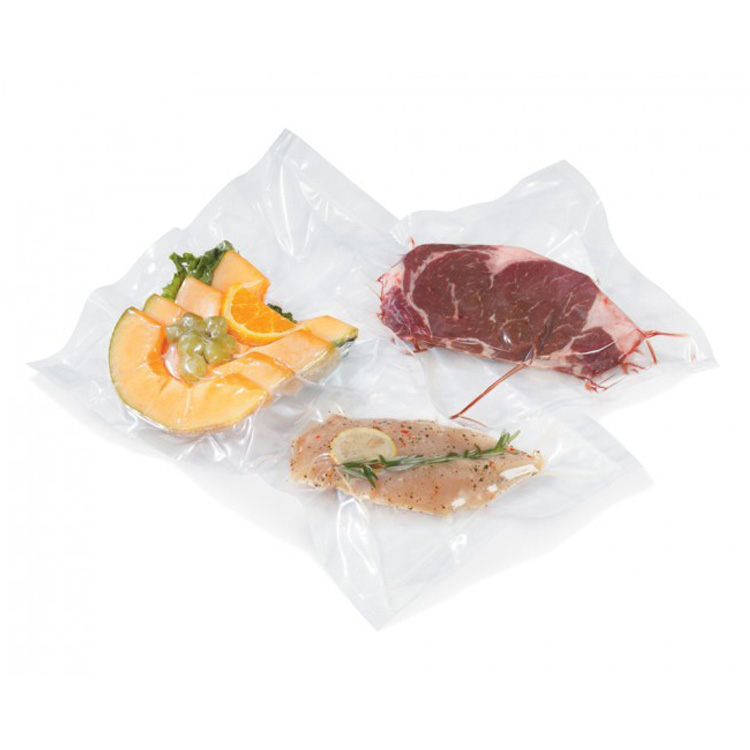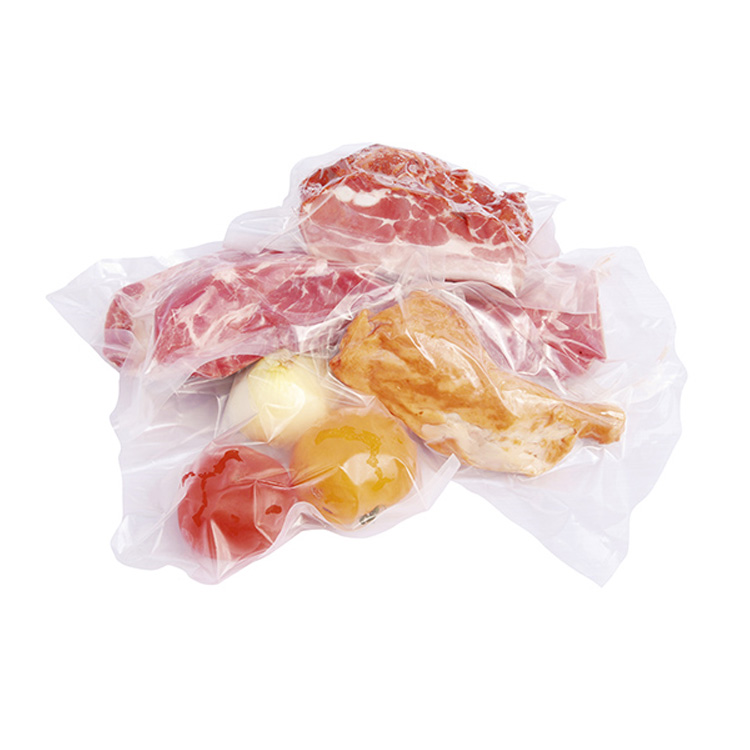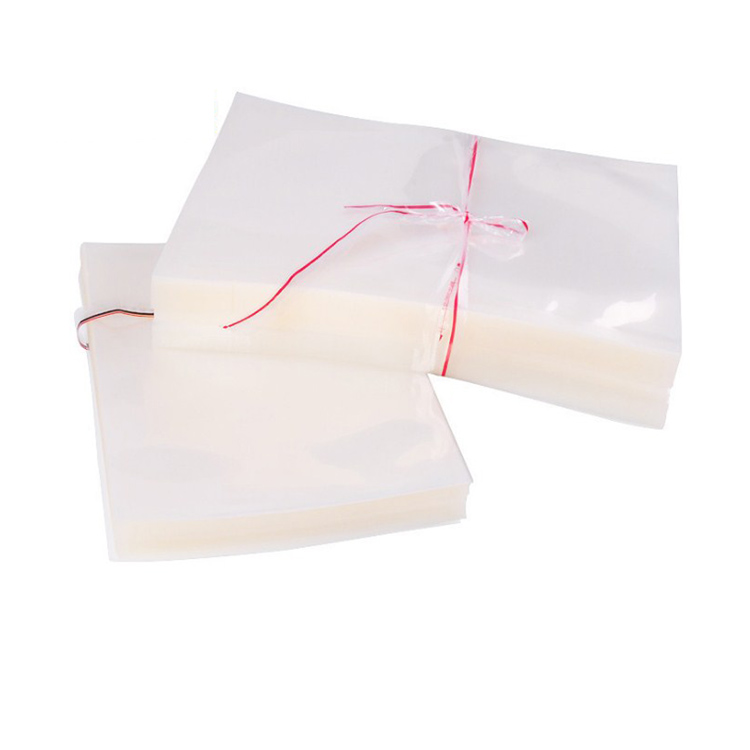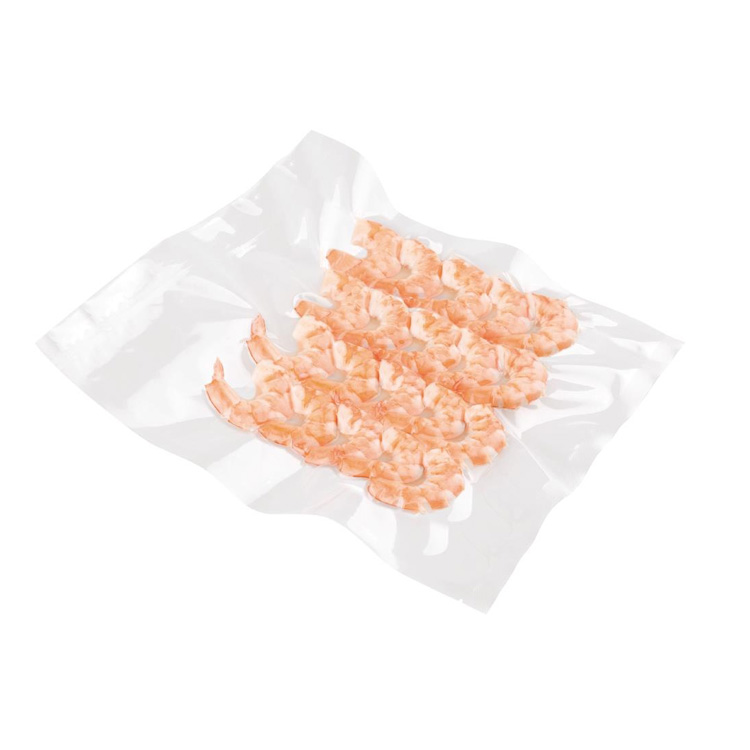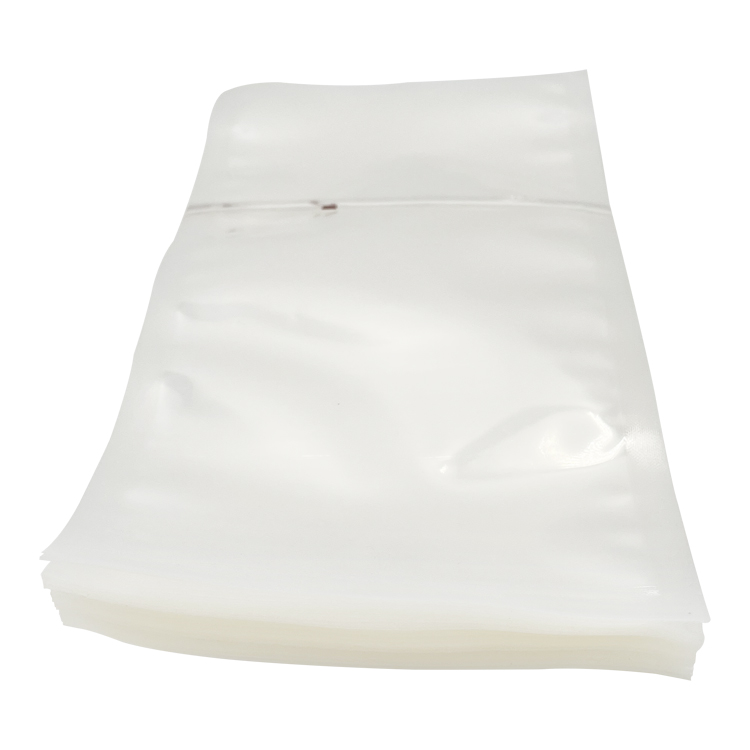Vacuum food bag is a packaging method that removes air from the package before sealing. Either manually or automatically, the items are placed into the plastic packaging, and then the air is expelled from the inside to seal the packaging.
The evolution of vacuum packaging
Since the 1950s, vacuum packaging technology has been introduced into the food industry and has continued to develop to this day, becoming a habitual part of our daily lives. Vacuum packaging technology started with bags, but current technology allows different packaging systems such as heat sealing, thermoforming, modified atmosphere, controlled gas, direct cooking of the packaging itself, and the latest technology is high pressure packaging.

Advantages of vacuum packaging
Reduce the oxygen in the atmosphere, thereby limiting the growth environment of bacteria, and at the same time, it can effectively prevent the evaporation and volatilization of the contents, and ensure the consistency of food flavor. It is also often used to store dry foods over a longer period of time, such as cheese, smoked fish, coffee, nuts, grains...etc. Vacuum packaging can also be used to store fresh food such as vegetables, meat and liquids if it is used for a short shelf life, as it inhibits bacterial growth.
Vacuum Packaging vs Shrink Packaging
Same point:
Material: The same is a solution for transparent flexible packaging, both types of packaging usually use rolls of plastic polymer film.
Heat Sealing: Both vacuum packaging and shrink wrapping use heat sealing to seal the packaged product within the package.
Finished Appearance: Both forms of packaging have an outer film that matches the product being packaged.
Food Packaging: Both shrink wrap and vacuum packaging are frequently used to package food and consumables.
Differences:
Thickness of material: Although both vacuum packaging and shrink packaging use plastic polymers, vacuum packaging is thicker than that used in shrink packaging bags, which are usually 3 to 5 times thicker than most materials used for shrink packaging.
Oxygen Barrier: This is the biggest difference between the two packaging forms. Vacuum packaging uses air nozzles or pressure to remove all or most of the oxygen from the packaging. In the absence of oxygen, the shelf life is usually extended. While the appearance of shrink wrap may appear to have no oxygen at first glance, this is not true. After the package is sealed with shrink wrap, trapped air and oxygen cannot escape from the package. There are small vents in the shrink film that allow air to escape from the package, thus allowing oxygen in the film, exposing the product to an aerobic environment (though not a lot), but it is less protective than vacuum packaging so nice.


